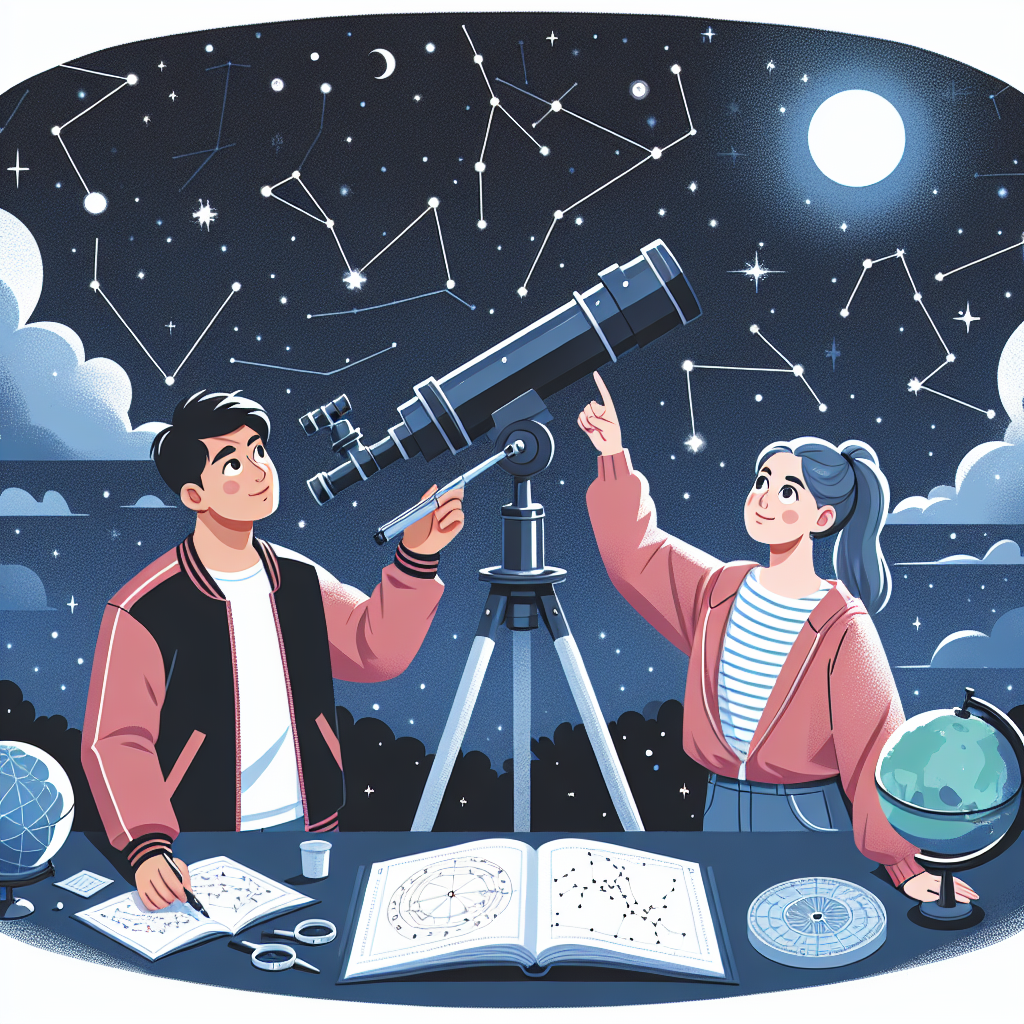
The NASA Star Finder charts are constructed based on the visible night sky at 34° N latitude, about as far north of the equator as Los Angeles, California. Will the constellations on the Star Finder chart shift in the sky if you observe the night sky from further south?(1 point)
No, the location of the stars in the sky is fixed
Yes, they will shift north.
Yes, they will shift south.
No, the motion of Earth cancels out with the motions of stars.
1.Yes, they will shift south.
2.Apollo
3. The moon revolves around the earth
4. quarter moon
5. waxing gibbous
6. where the moon is in its orbit around Earth
7. the umbra
8. sun–Earth–moon
9. The sun, the moon, and Earth do not line up perfectly every time there is a new moon.
10. the winter solstice
11. summer
these r 100% correct :) <3
Yo I got the answers for the test since im done with the test :D
1. Yes, they will shift north.
2. To see how constellations change positions in the sky throughout the year.
3. Hubble Space Telescope
4.first humans on the moon, first lander on Mars, first space shuttle flight
5. International Space Station
6. corona
7. Week 1 starts with a new moon, while week 3 starts with a full moon.
8. week 3 and week 4
9. They both start with a quarter moon.
10. Half of the moon's surface that is illuminated by the sun is visible from Earth's perspective.
11. a total lunar eclipse
12. partial lunar eclipse
13. on the Northern Hemisphere
14. winter
15. an equinox
16 is gonna be on your own fammm
Looking north they will be lower to the horizon, giving the impression of moving north, looking south they will be higher, also giving the impression of moving north. Of course it was you, not the sky, that moved.
Are you hiring?
The NASA Star finder charts are constructed based on the visible night sky at 34* N latitiude, about as far north of the equator as los angeles california. will the constellations on the star finder chart shift in the sky if you observe the night sky fro mfarther south?
Yes they will shift north
No, the location of t he stars in the sky is fixed
Yes they will shift south
No, the motion of earth canceles out with the motions of the stars
2. To obverse stars
3. Hubble Space Telescope
4. 1st humans on moon (1st space shuttle flight)
5. International Space Station
6. Week 1 new moon, week 3 full moon
7. Week 3 & 4
8. Both start with quarter moon
9. Half the moon’s surface
10. Total lunar eclipse
11. Total solar eclipse
12. Northern hemisphere
13. Winter
14. A solstice
15. Written- sorry!!
Yes, the constellations on the Star Finder chart will shift in the sky if you observe the night sky from further south. The reason for this is that the position of the stars in the sky appears to change depending on your location on Earth. This is due to the Earth's rotation on its axis and its orbit around the Sun.
As the Earth rotates on its axis, the stars appear to move across the sky from east to west. However, this motion is not uniform across all latitudes. The closer you are to the Earth's poles, the smaller the circular path the stars appear to follow. Meanwhile, the closer you are to the equator, the larger the circular path the stars appear to follow.
When you observe the night sky from a more southerly location than where the Star Finder chart is based (34° N latitude), the constellations will indeed shift to the north. This is because the stars closer to the southern horizon will rise and become more visible, while the stars closer to the northern horizon will become less visible or may even disappear from view.
So the correct answer is: Yes, they will shift north.